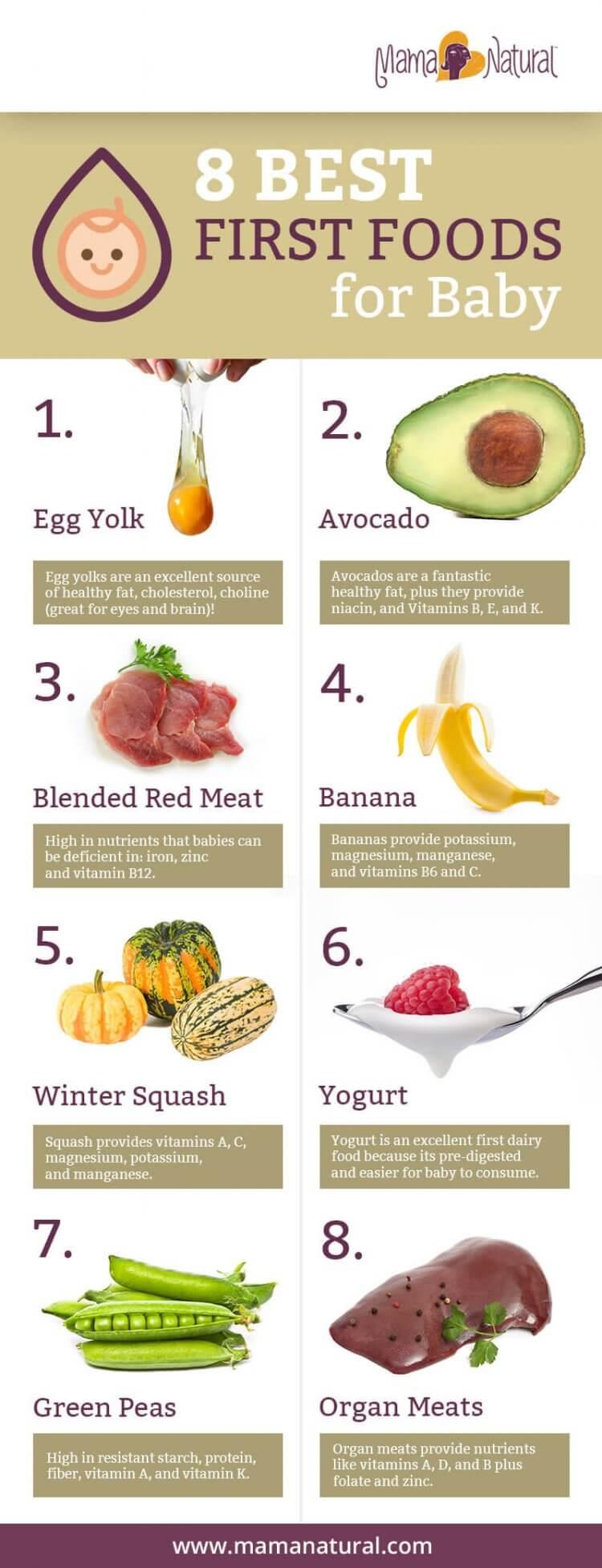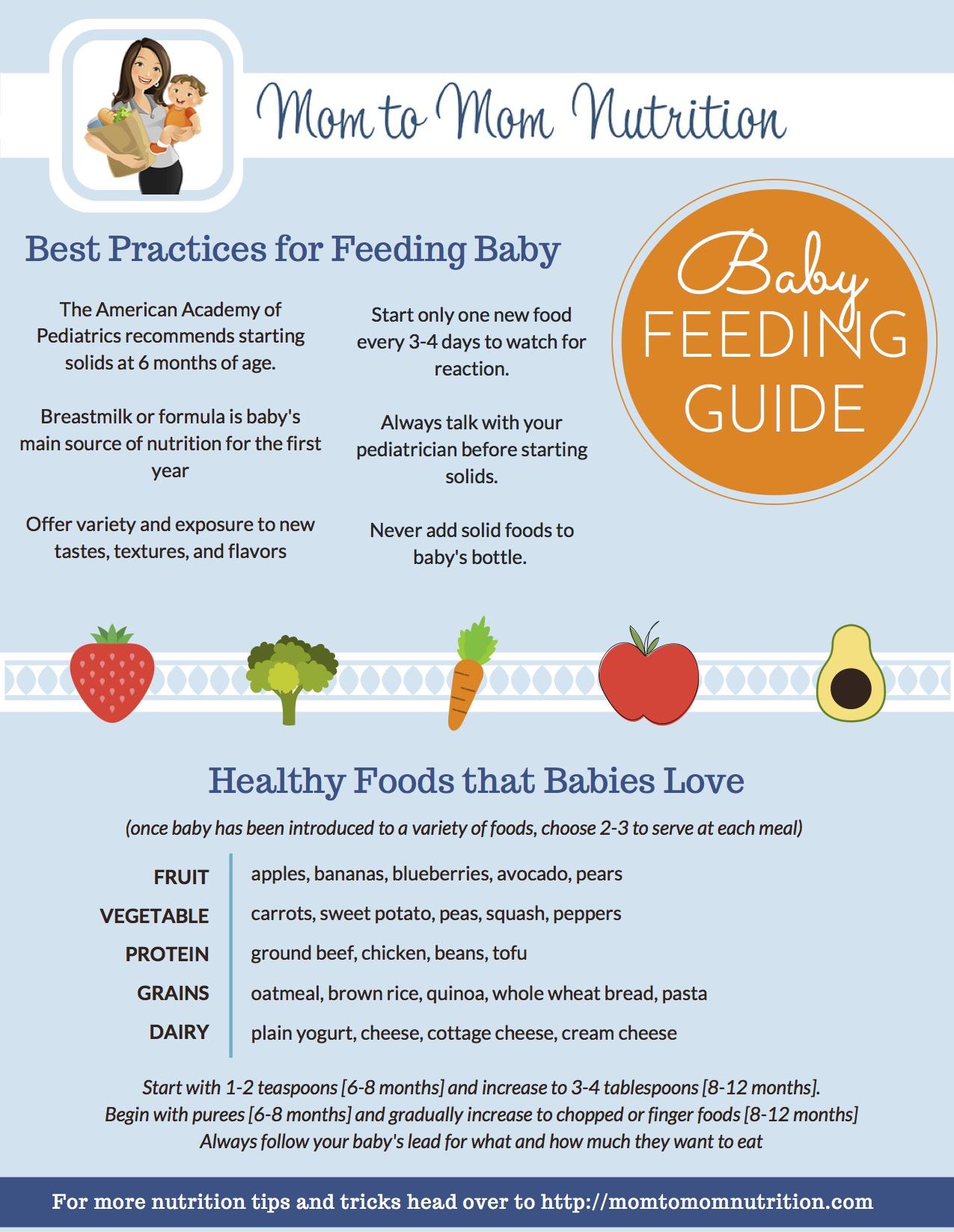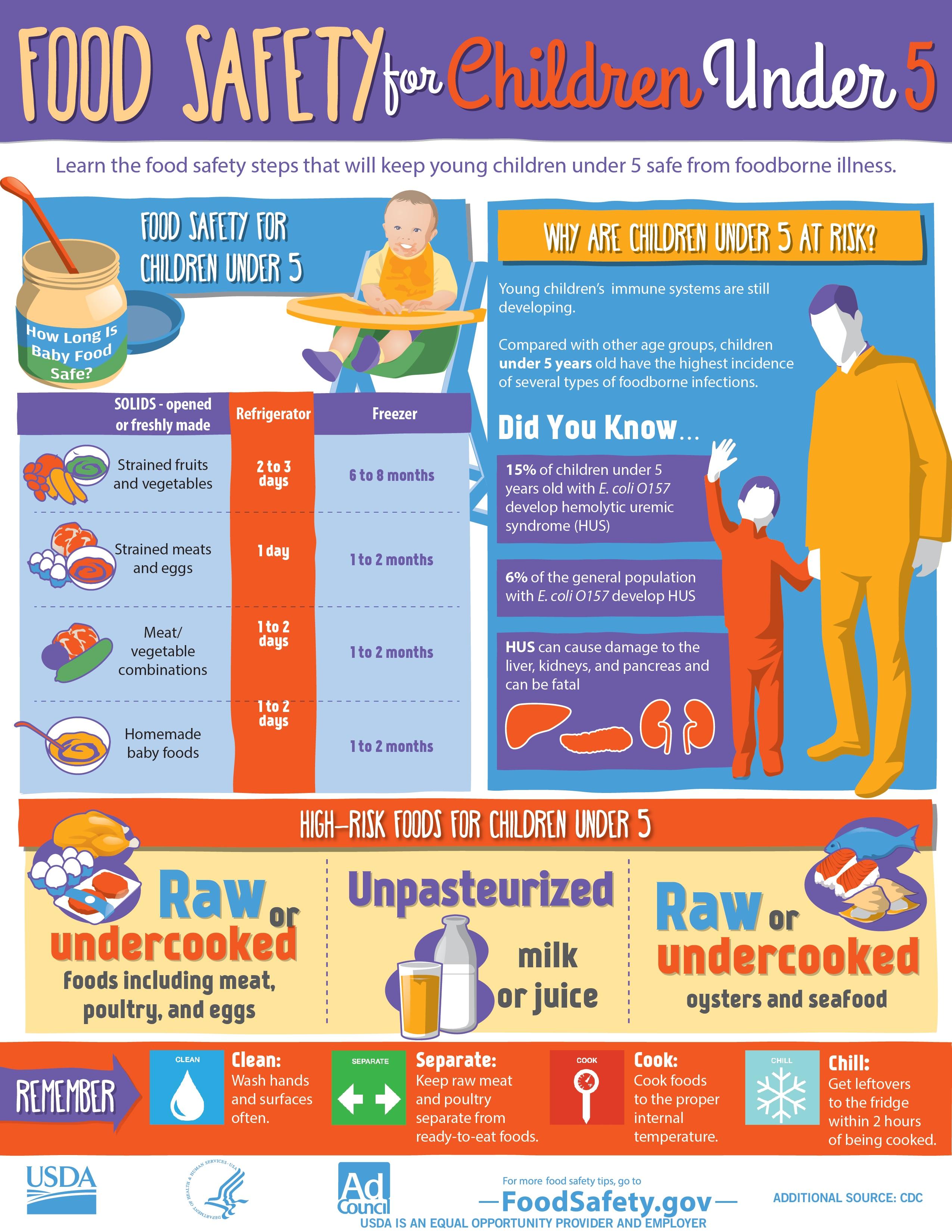Introducing your baby to solid foods is a milestone filled with excitement, curiosity, and a touch of uncertainty. As tiny hands reach out to explore new tastes and textures, parents often wonder: What do you truly need to make this transition smooth and nourishing? Beyond the buzz of trendy gadgets and elaborate recipes, the essentials boil down to simplicity, safety, and a sprinkle of patience. This article unpacks the core elements that will help you confidently embrace your little one’s first adventures in eating solid foods-because at the heart of it all, it’s about nurturing a happy, healthy start to a lifelong relationship with food.
Choosing the Right First Foods for Your Baby’s Nutritional Needs
When introducing solid foods to your baby, it’s important to focus on nutrient-rich choices that support their rapid growth and development. Opt for iron-fortified cereals, pureed vegetables like sweet potatoes and carrots, and fruits such as mashed bananas or avocados. These foods provide essential vitamins and minerals while being gentle on your baby’s digestive system. Remember, texture matters too-start with smooth, pureed options, gradually increasing thickness as your baby becomes more comfortable with eating solids.
Balancing variety and simplicity is key in the early stages. Here’s a quick guide to help you plan your baby’s first meals:
| Food Type | Key Nutrients | Start With |
|---|---|---|
| Cereals | Iron, B vitamins | Iron-fortified rice or oatmeal |
| Vegetables | Beta carotene, Vitamin C | Sweet potatoes, carrots |
| Fruits | Vitamin C, Potassium | Bananas, avocados |
| Proteins | Iron, Zinc | Pureed lentils, mashed beans |
- Introduce single foods one at a time, watching for any allergic reactions.
- Keep portions small initially, gradually increasing as your baby gets used to eating solids.
- Ensure smooth textures to prevent choking risks and encourage easy swallowing.

Essential Textures and Flavors to Introduce During the First Solids
Introducing your baby to solid foods is an exciting adventure for both texture and taste development. To ensure a smooth transition, begin with soft, easily mashable textures like pureed sweet potatoes or well-cooked carrots. Gradually, you can experiment with thicker consistencies such as mashed avocado or finely chopped soft fruits, which help develop chewing skills. Remember, varied textures not only enhance sensory exploration but also encourage your baby’s curiosity and adaptability to new foods.
When it comes to flavors, a gentle mix of naturally sweet, mild, and savory options sets a solid flavor foundation. Start with sweet fruits like bananas and pears, alongside mild vegetables such as peas and zucchini. Introducing gentle spices like cinnamon or a hint of nutmeg can elevate taste buds without overwhelming them. Below is a simple guide to combining textures and flavors for delightful first meals:
| Texture | Flavor Profile | Example Food |
|---|---|---|
| Pureed | Mildly sweet | Butternut squash |
| Mash | Soft & savory | Avocado |
| Finely chopped | Sweet with spice | Apple with cinnamon |
| Soft cooked chunks | Earthy mild | Green beans |

Safe Preparation and Storage Tips to Keep Baby’s Meals Healthy
When preparing your baby’s first solid foods, cleanliness is non-negotiable. Always wash your hands thoroughly before handling food, and sterilize all utensils and containers to prevent any contamination. Use fresh, high-quality ingredients and opt for simple cooking methods like steaming or boiling, which preserve nutrients while making the food easy to digest. Avoid adding salt, sugar, or spices at this stage to keep meals gentle on your baby’s developing palate.
Storing baby food correctly is equally important to keep it fresh and safe. Store purees in airtight containers, preferably glass, and label them with the date prepared. For quick reference, here’s a handy chart outlining safe storage times:
| Storage Method | Recommended Duration |
|---|---|
| Refrigerated (in airtight container) | 24-48 hours |
| Frozen (in portioned containers) | 1 month |
| Room Temperature (immediately after cooking) | Up to 2 hours |
When reheating, always warm food gently in a water bath or microwave-stirring well to avoid hotspots-and check the temperature before feeding. Never refreeze thawed baby food to maintain optimal freshness and safety. Keeping these tips in mind ensures your little one’s meals stay as nutritious and wholesome as you intend.

Identifying and Managing Potential Food Allergies Early On
Introducing solid foods to your baby is an exciting milestone, but it also requires vigilance for signs of adverse reactions. Watch closely for any subtle changes such as rashes, vomiting, diarrhea, or persistent fussiness. These symptoms might hint at an emerging sensitivity. To help identify possible triggers, consider introducing new foods one at a time, waiting about 3-5 days before adding another new item. This deliberate approach provides a clear indication of which foods your little one can comfortably tolerate and which ones may require a pause or elimination.
Keep a simple food diary to track what your baby eats alongside any reactions observed. This can become an invaluable resource when consulting your pediatrician or allergist. Below is a quick reference guide outlining common allergenic foods and appropriate initial serving suggestions:
| Food Group | Common Allergens | Suggested Starting Portion |
|---|---|---|
| Proteins | Eggs, Peanut, Fish | 1 small spoonful |
| Dairy | Milk, Cheese, Yogurt | 1 tsp to 1 tbsp |
| Grains | Wheat, Oats | 1-2 tbsp cooked |
| Fruits & Veggies | Strawberries, Kiwi | Small mashed portions |
By taking these measured, informed steps, you’re setting the stage for a positive feeding experience that encourages your baby’s health and comfort.
The Way Forward
As you embark on this exciting milestone with your little one, remember that simplicity and patience are your best allies. The journey into solid foods is less about a perfect list of ingredients and more about tuning into your baby’s unique cues and preferences. With a few wholesome staples, a sprinkle of love, and a dash of curiosity, you’ll create a nourishing experience that sets the stage for a lifetime of healthy eating. Here’s to every messy smile, every new taste discovered, and every step forward on this wonderful adventure.
